It’s no secret that one of my favourite ways to see a city is on an early morning run. With 20km to find, I’d mapped a course to the Imperial Palace and back. The advertising on all the buildings seemed to be a stark contrast to the streets below, with young partygoers the only people around at 5:30 on a Sunday morning. They seemed much more dignified than their Brisbane equivalents… Tokyo felt peaceful and safe.
The quiet roads also exposed the streetscape, with universally recognisable guidance on a grand scale. The ‘Tenji Blocks’ (tactile paving for visually impaired) were first laid in Tokyo and go for miles along every street. Meanwhile the crossings have great little countdown timers that naturally encourage you to stay focused. Even in the early hours, j-walking is not a thing in Tokyo! The width of the zebra crossings highlight just how many people are moving around this city…
My route took me along the Ushigome Moat with a little inner city fishing centre, and then down to the Chidori Green Way. The Cherry Blossoms are coming into full bloom and look so pretty in the early light. The paths were empty, but the ‘one way’ signage suggested that this place will be packed later in the day!
My lap of the palace gave beautiful views of the cherry blossoms along the moat. They gave me a similar ‘heart-singing’ vibe as the Jacarandas in Brisbane.
We headed over to Asakusa, a traditional area of Tokyo that is home to the Sensō-ji Buddhist temple. The Karinarimon Gate stands at the entry to the original processional street. Today the street is filled with bustling food and market stalls, prime for tasty morsels! Thankfully, the side streets remain much more sedate, with great little buildings that seem to have the most efficient use of space.
The Sensō-ji Buddhist temple is the oldest in Tokyo. The site was originally designated in the 7th Century, however was destroyed in air raids in the 1940s. The Main Hall and Five-Storied Pagoda were rebuilt thanks to donations of Buddhist followers around Japan. The gardens provide a nice little peaceful escape!
Omikuji offers the opportunity to have your wish granted for 100 Yen. You politely shake the metal tin to get a numbered stick, and then draw a sheet of Omikuji from the corresponding drawer. Despite using booth #13, both Andrew and I drew bad fortune – even if I wish to see the moon it is behind the clouds. Ah well.
Tempura is high on the list of Japanese menu items. A Tempura restaurant with a big queue of Japanese people suggests that it must be good! Daikokuya Tempura did not disappoint, with a range of prawns, fish, and mushrooms alongside green tea, clear soup and pickled cucumber.
The other essential food item is coffee… and while good coffee is available, it can be hard to find. As we headed off towards the Tokyo National museum, this little gem – Kayaba coffee – was well worth heading an extra few hundred metres off the beaten track.
The Tokyo National Museum is considered the oldest national museum and houses the largest collection of Asian art. I was particularly fascinated by the very visual old maps that are apparently also incredibly accurate! The Maps of the Five Highways were created from early 1600s – mid 1800s, and are made up of 80 scrolls up to 30m long. The collection of swords are also beautiful… Both are great examples of art meets functionality! The gardens around the museum are also beautifully presented and full of cherry blossoms.
The National Museum is one of many museums on the outskirts of Ueno Park, one of the oldest and most popular public parks in Japan. It’s renowned for the cherry blossoms making ‘Sakura-dori’ (cherry blossom street) come to life.
Today was a festival of cherry blossoms, where market stalls and every local, tourist, man and his dog (literally!) converge on the park. It’s huge.
We finished the day with a trip to Ginza, known for upmarket shopping and interesting architecture. All the big brands are here, so it feels like many of the big cities in the world. Paul Smith got my vote for the colour changing facade. Same shop, different perspective!
I’ve been brushing off my school girl Japanese for the past six months. I was surprised how much came back so quickly, particularly the characters and the basic sentence structure. Now that we’re here my brain is constantly stretching to read and translate, catching little bits of conversations and understanding parts of signs. I had no idea how much brain power it would take up!
Love M and A xx
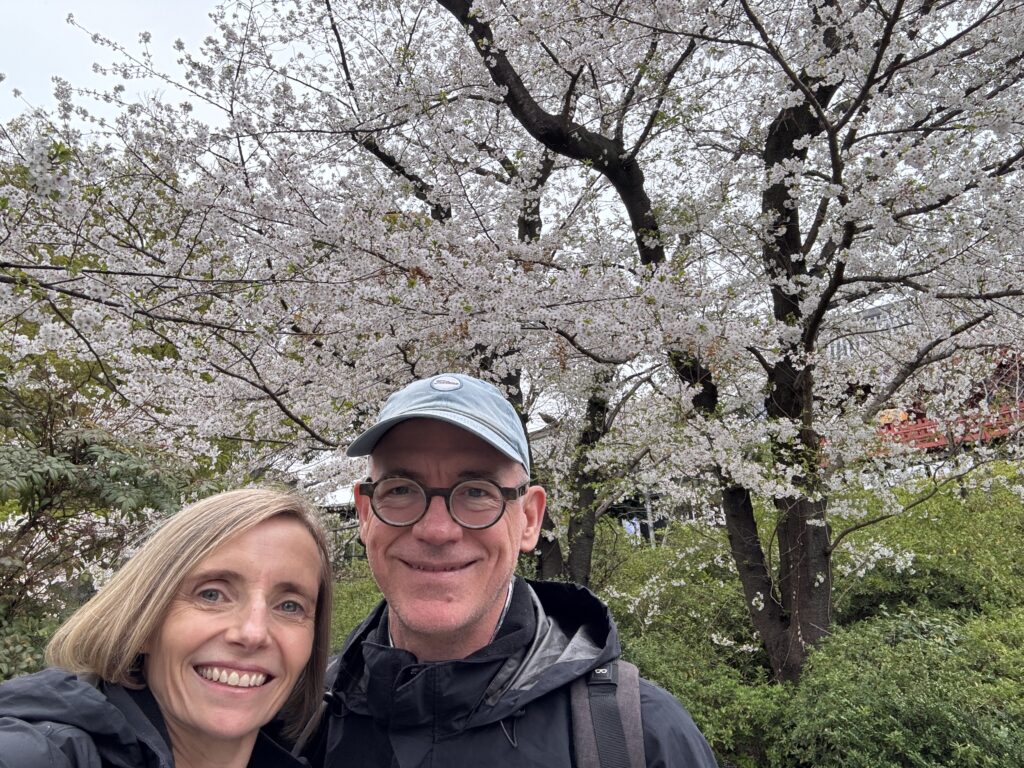
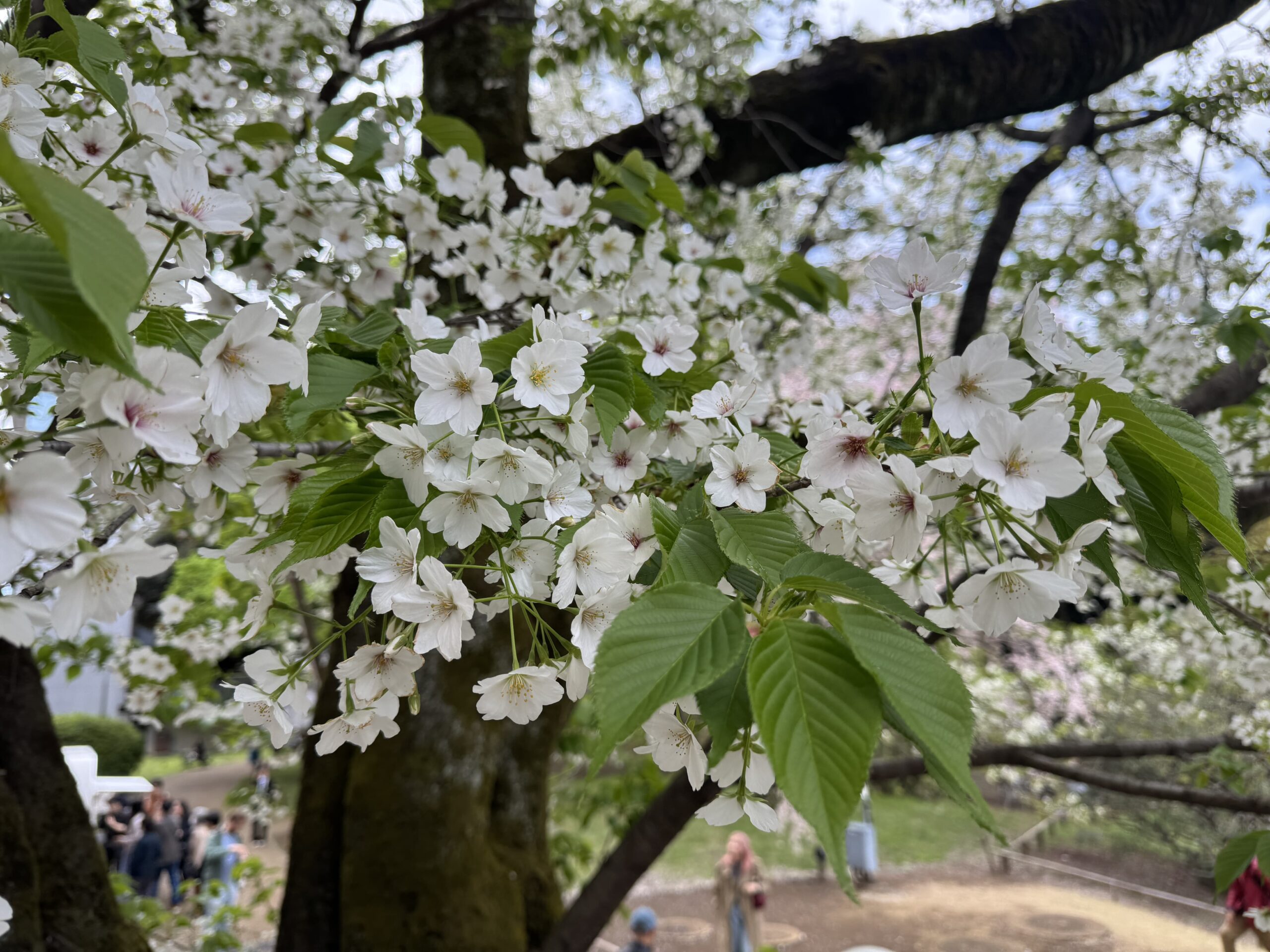
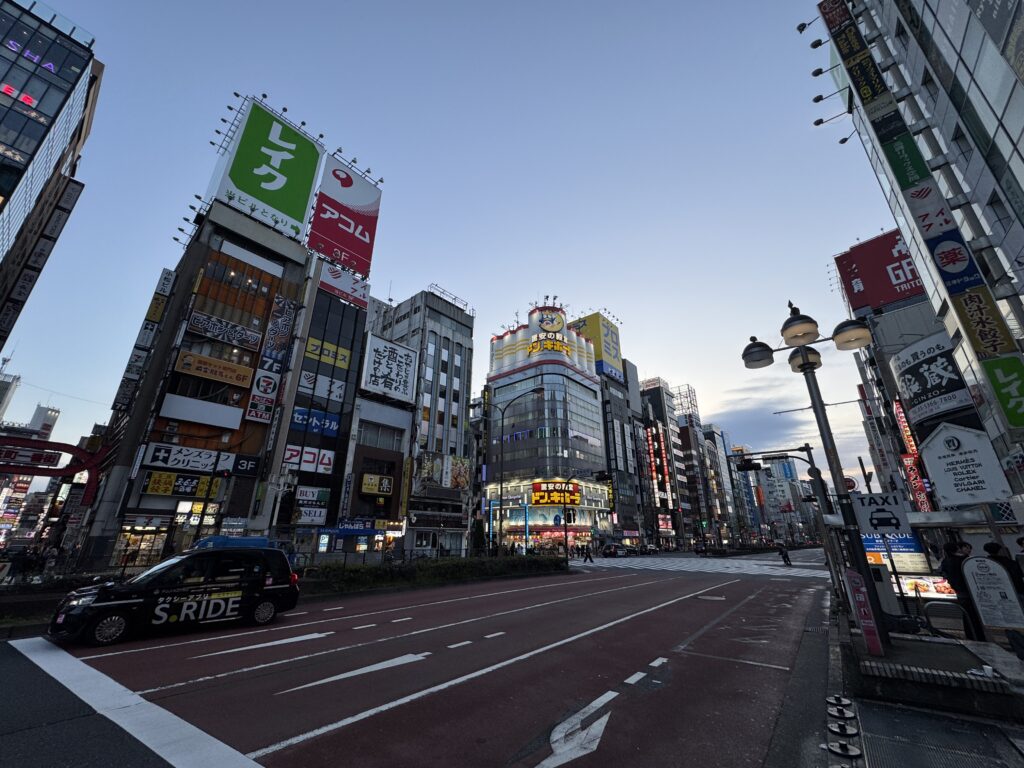
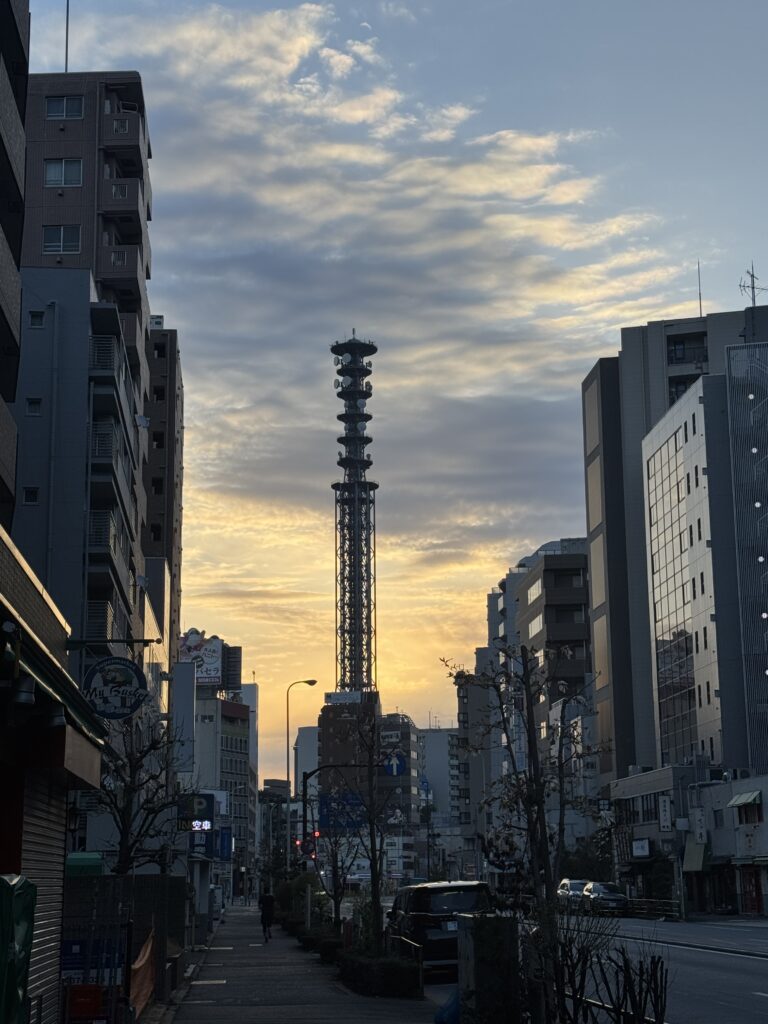
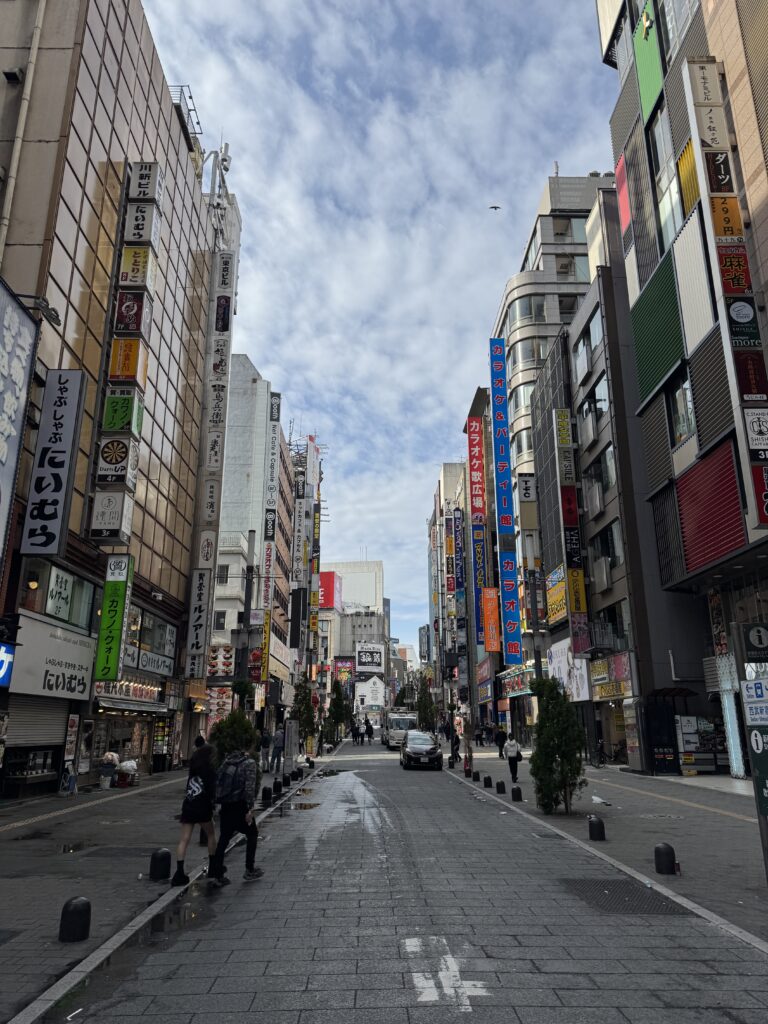

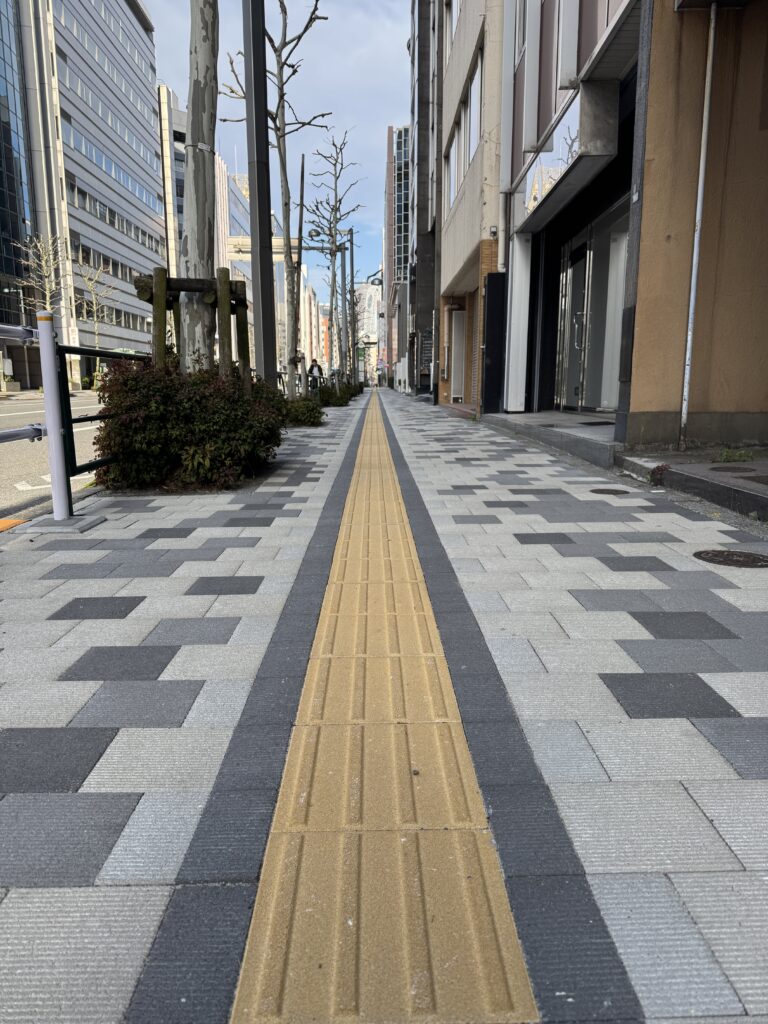
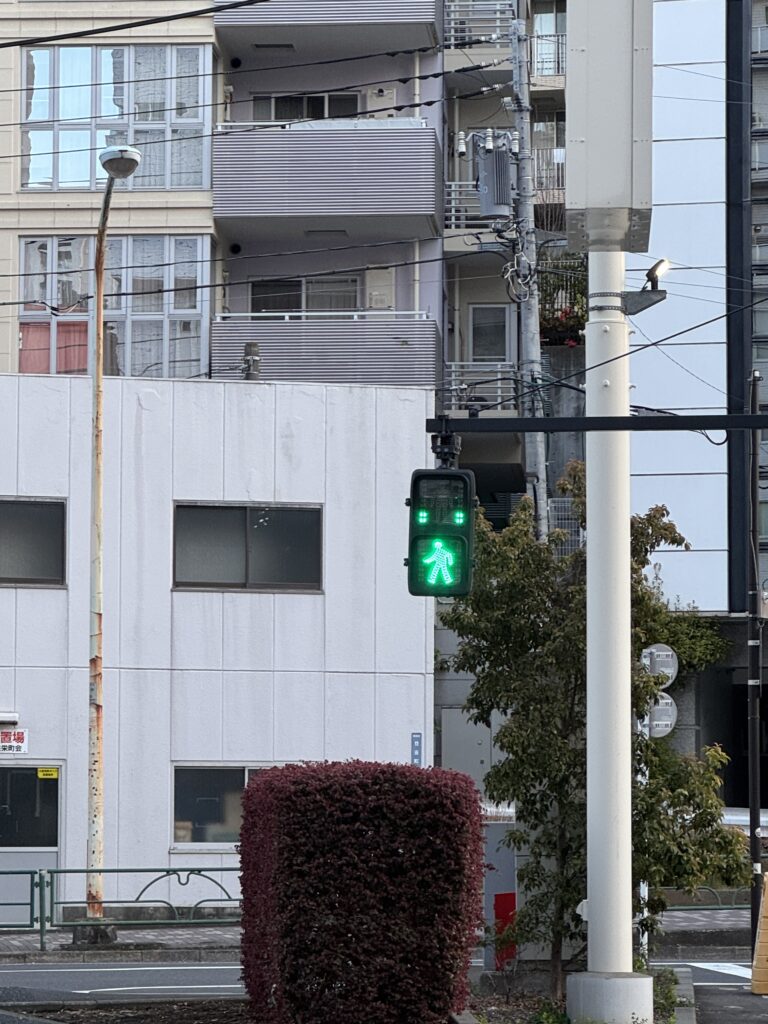
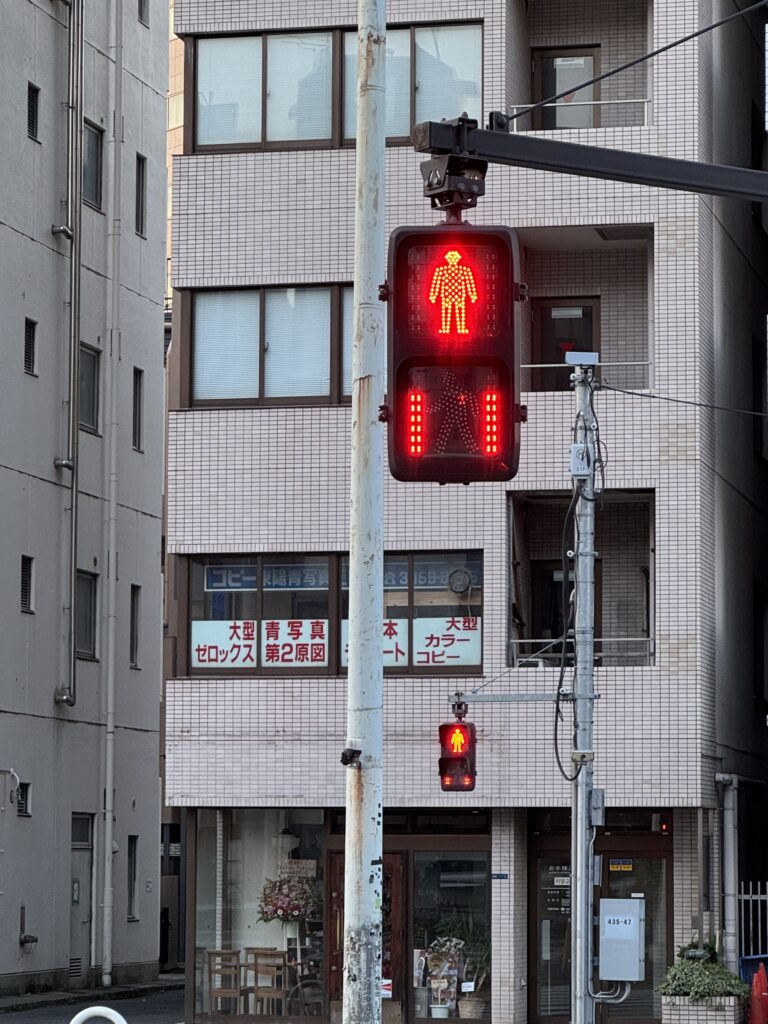
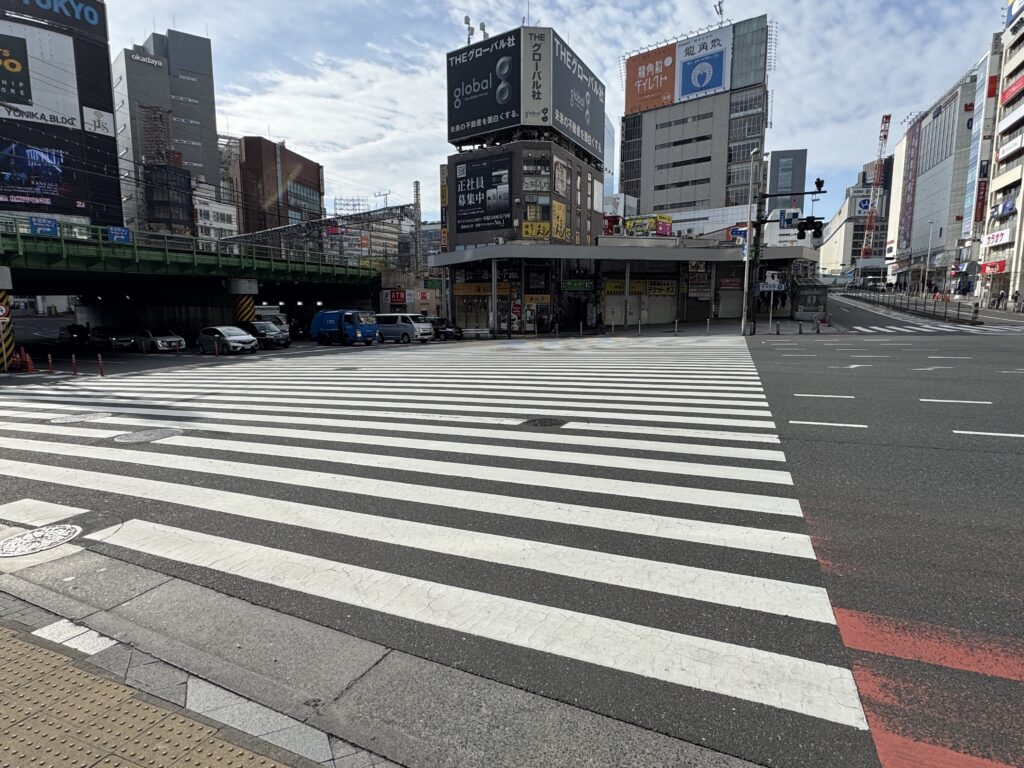
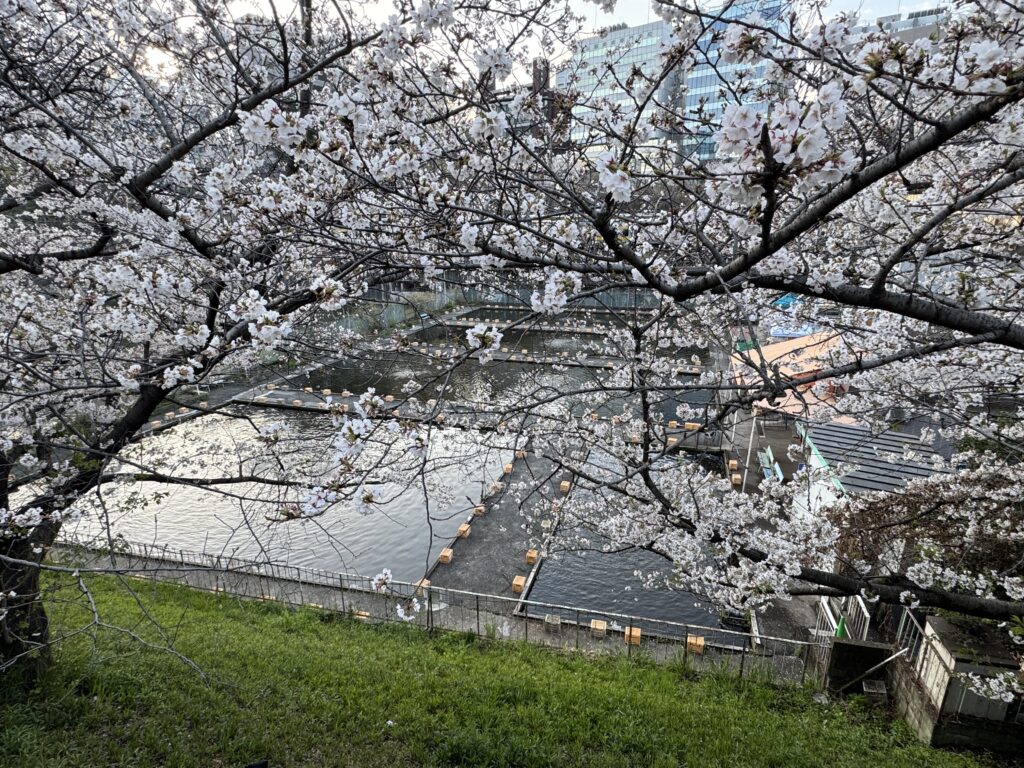
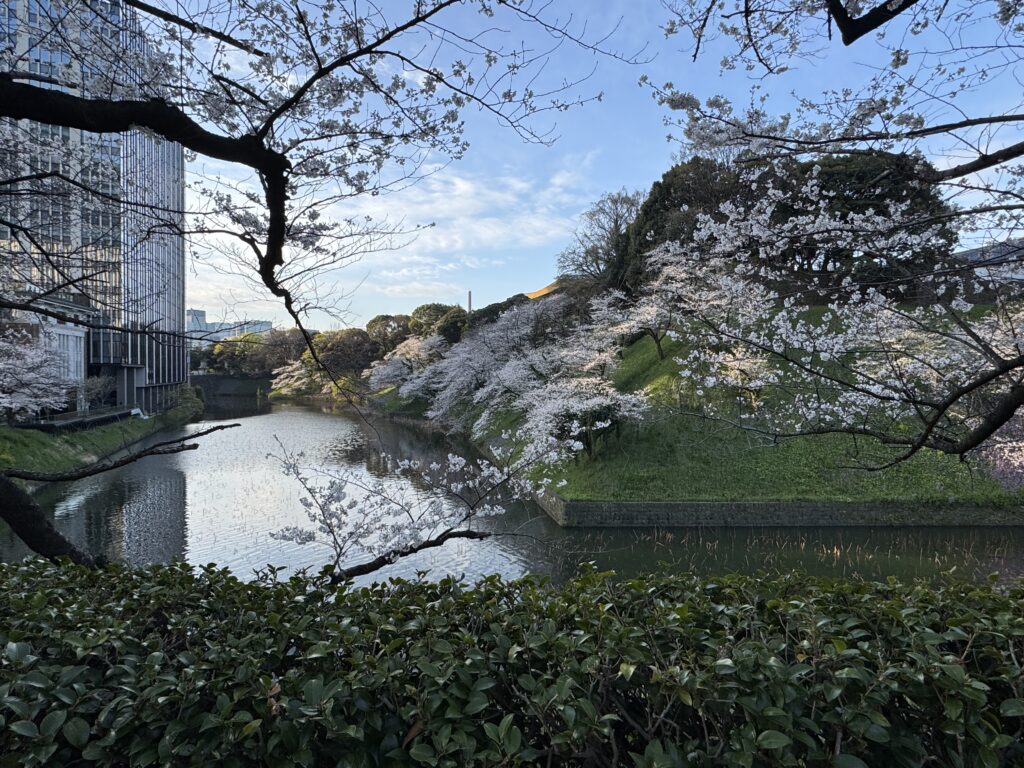
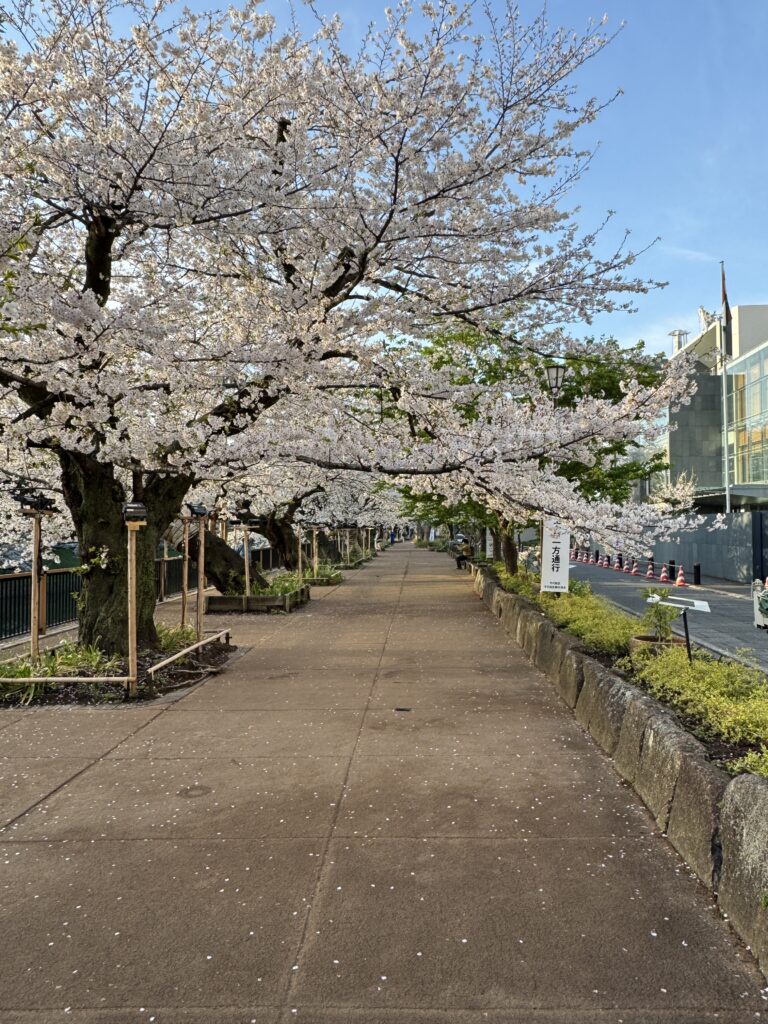
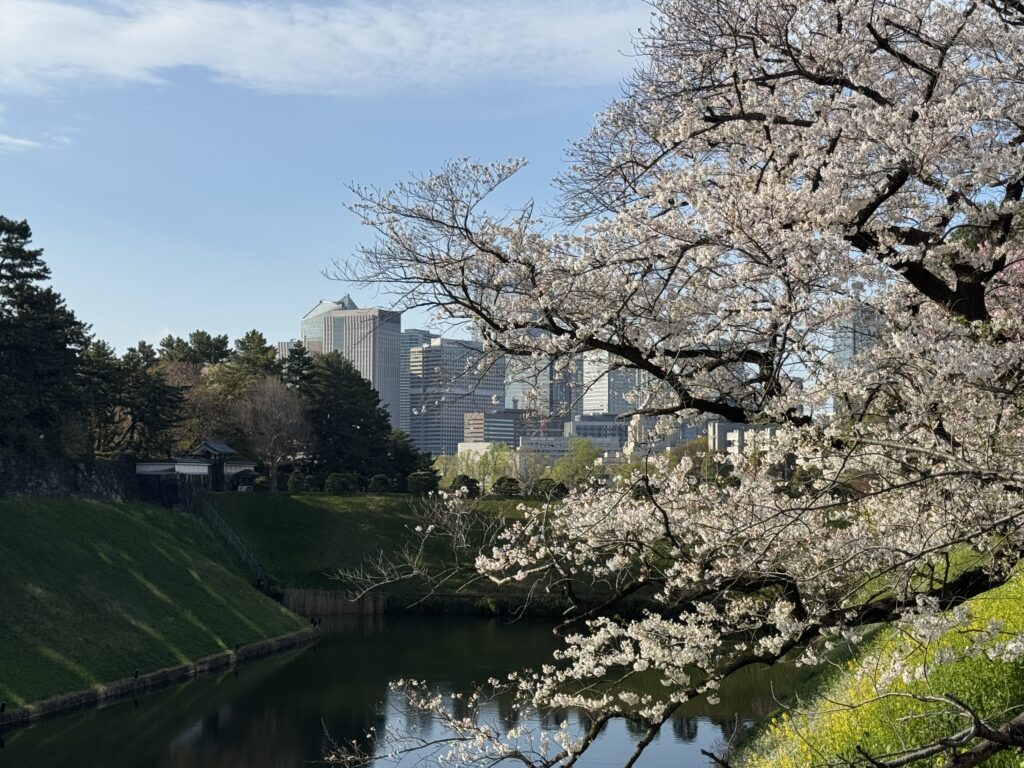
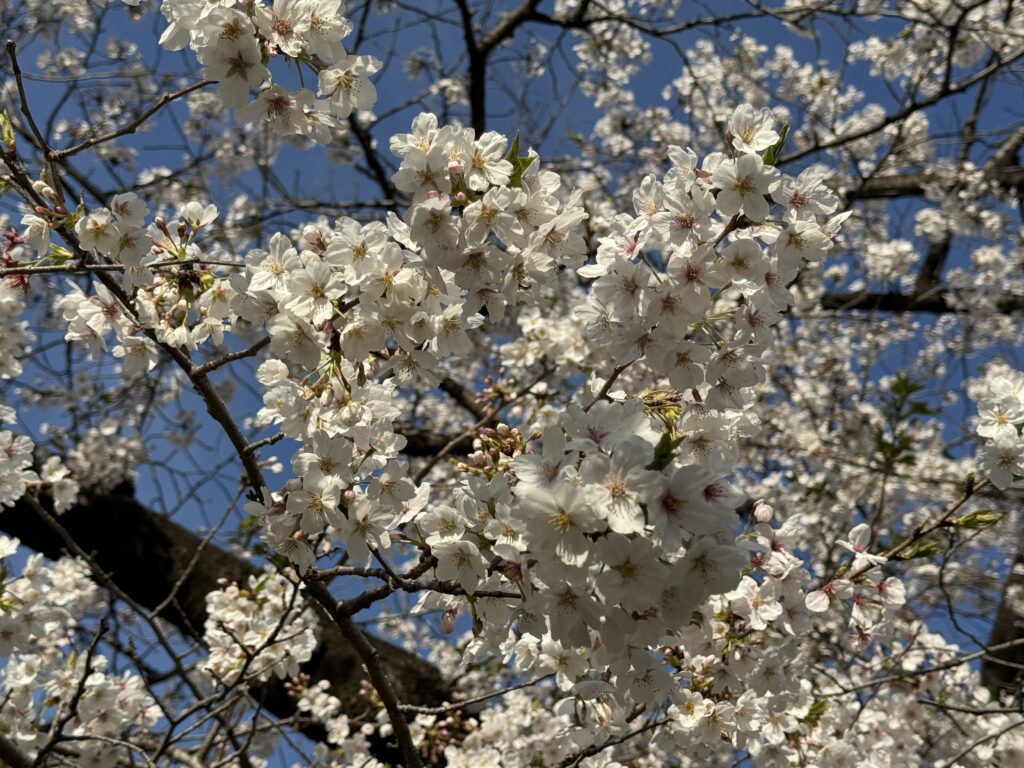
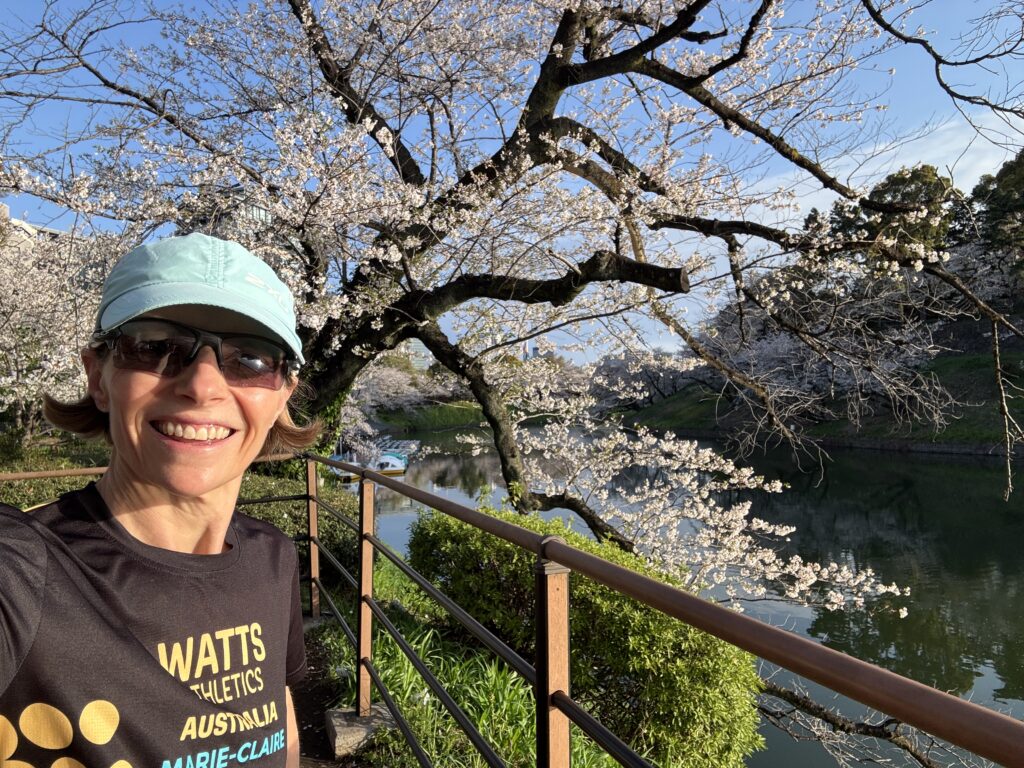
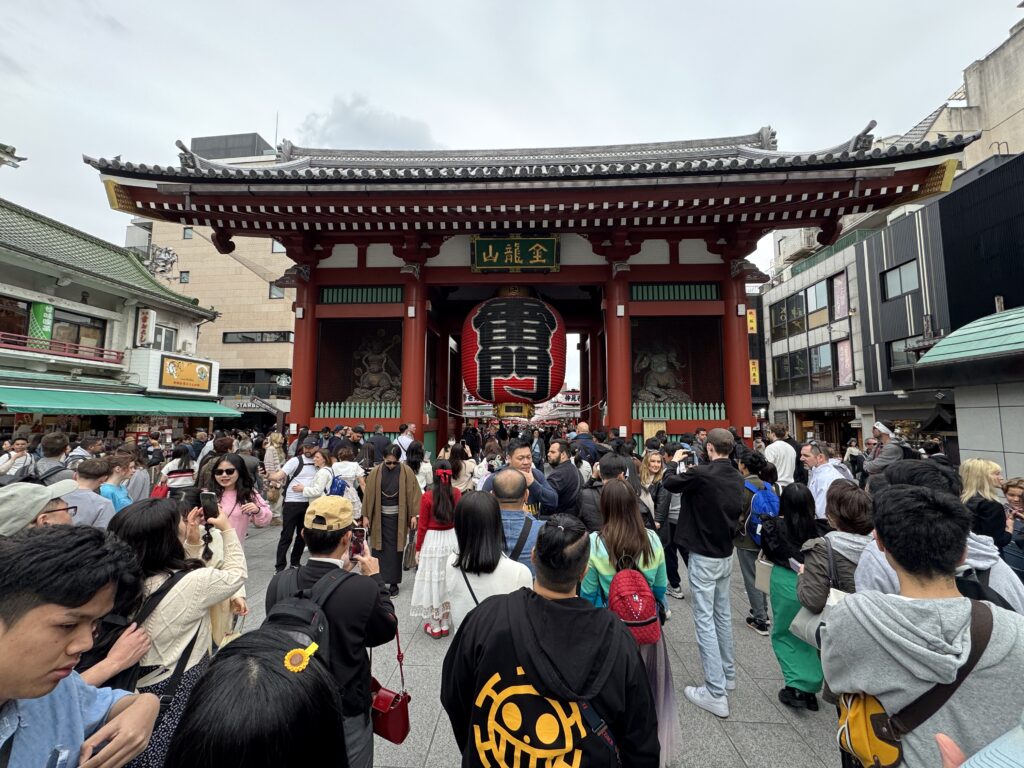
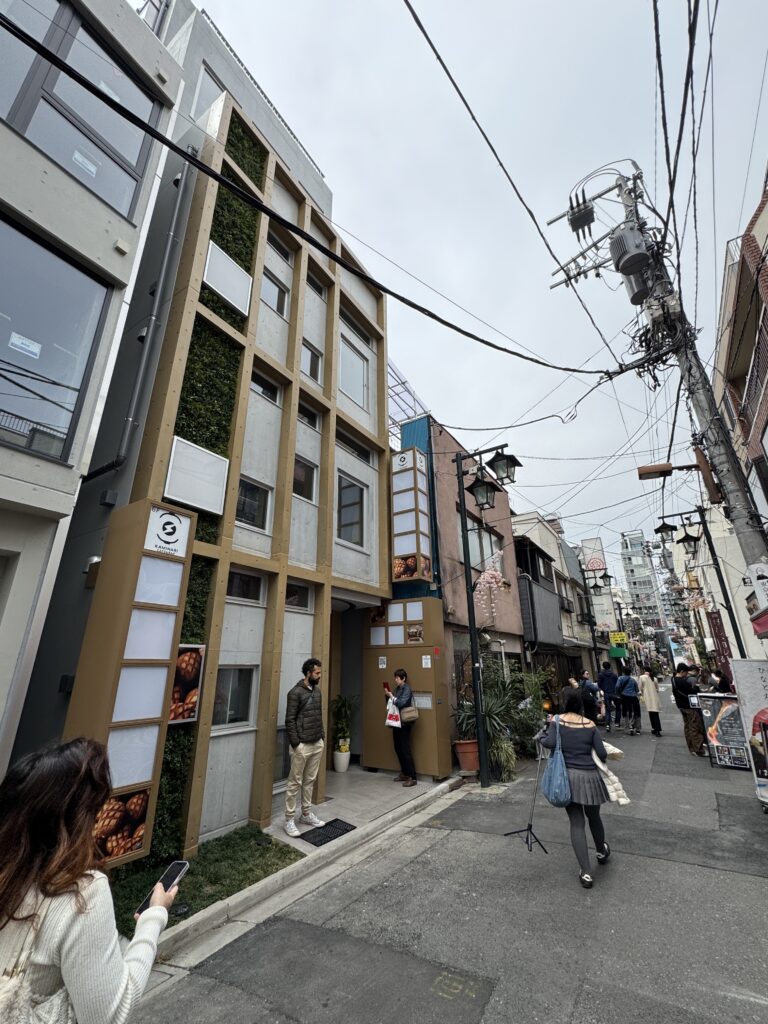
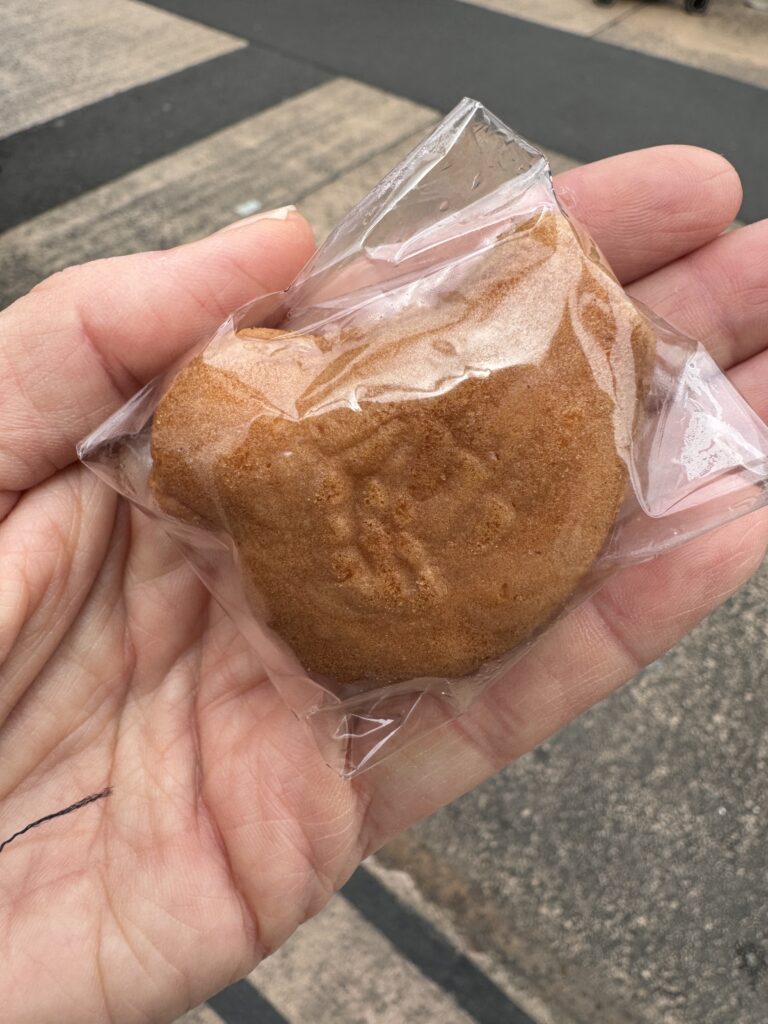
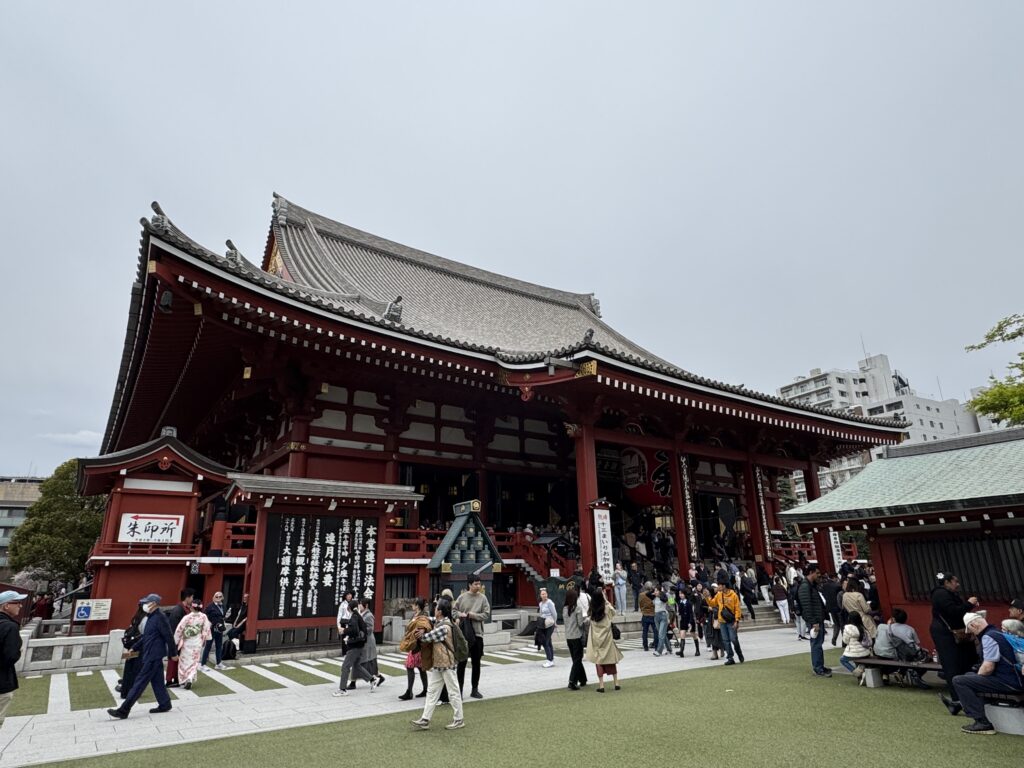
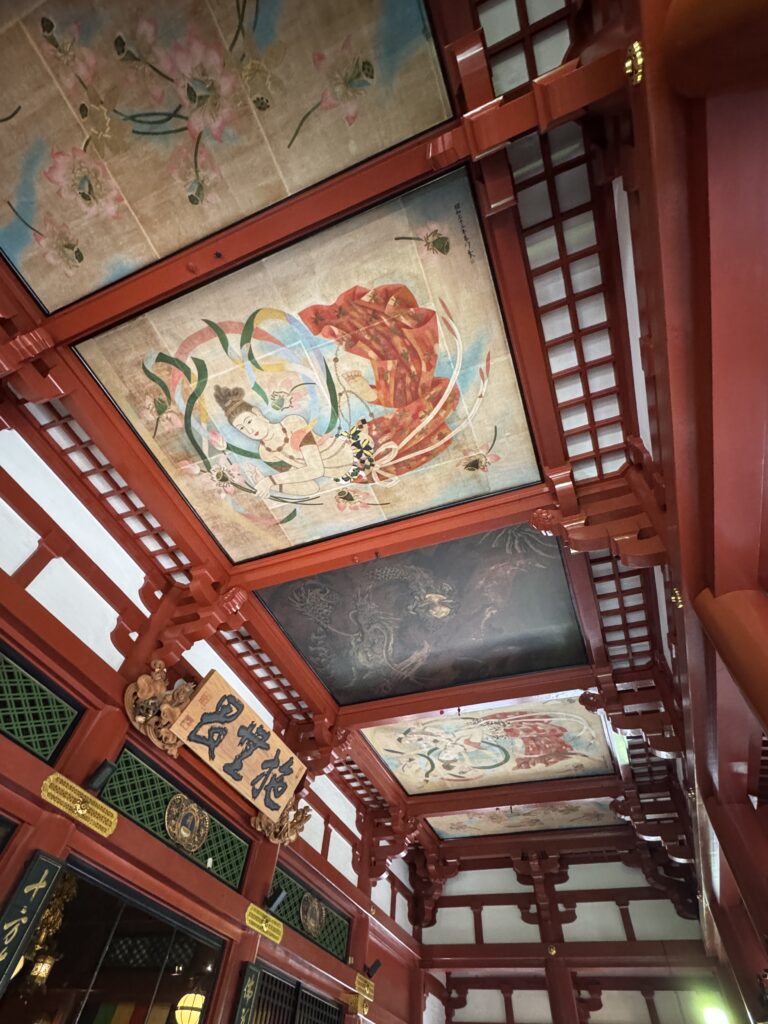
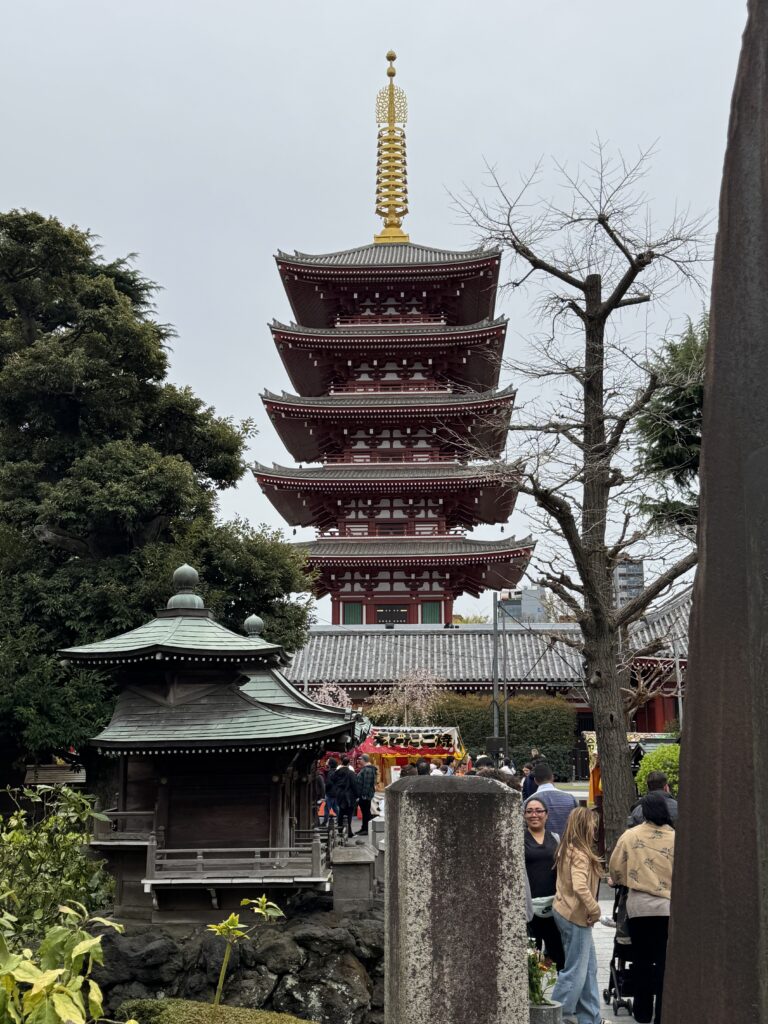
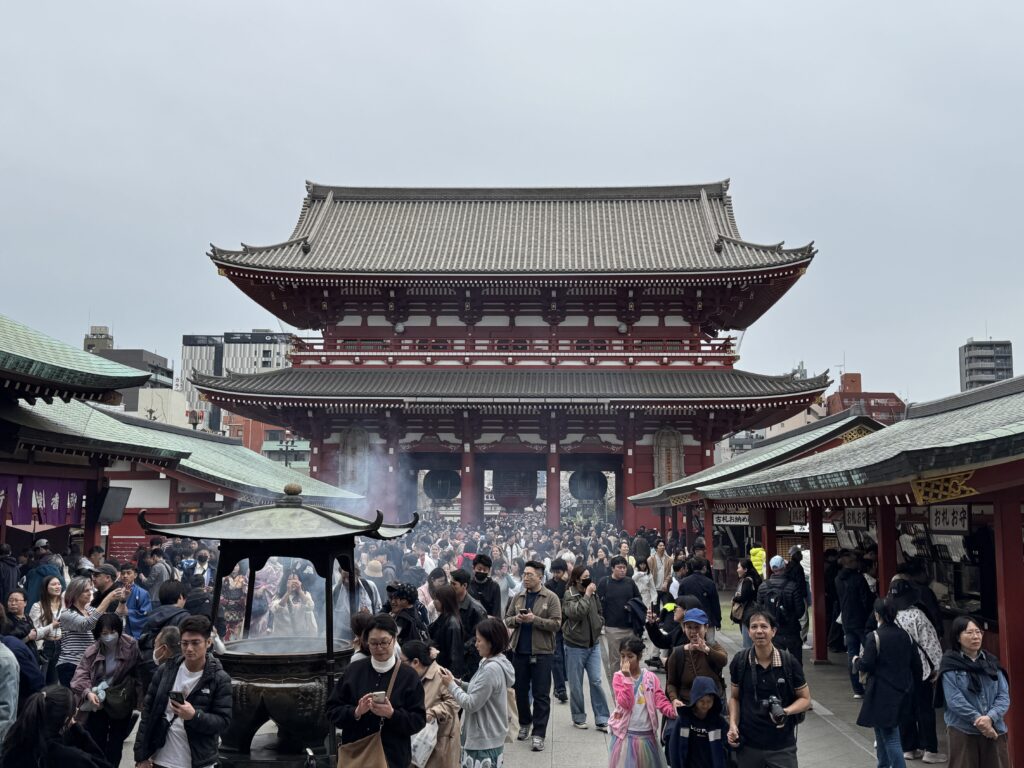
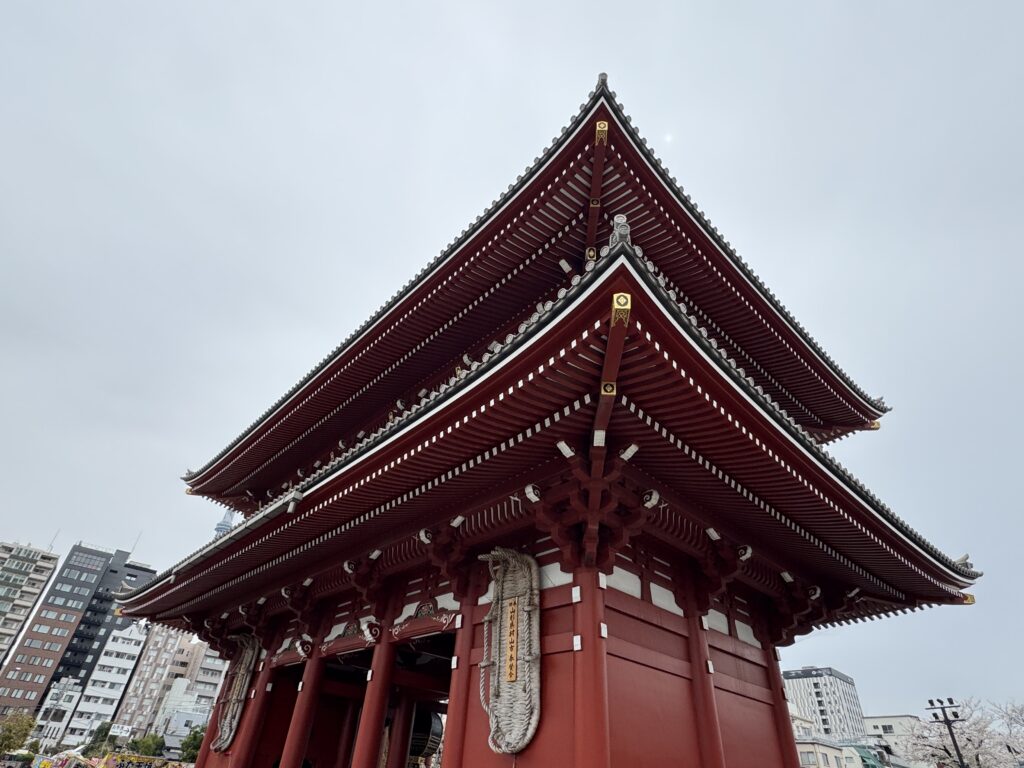
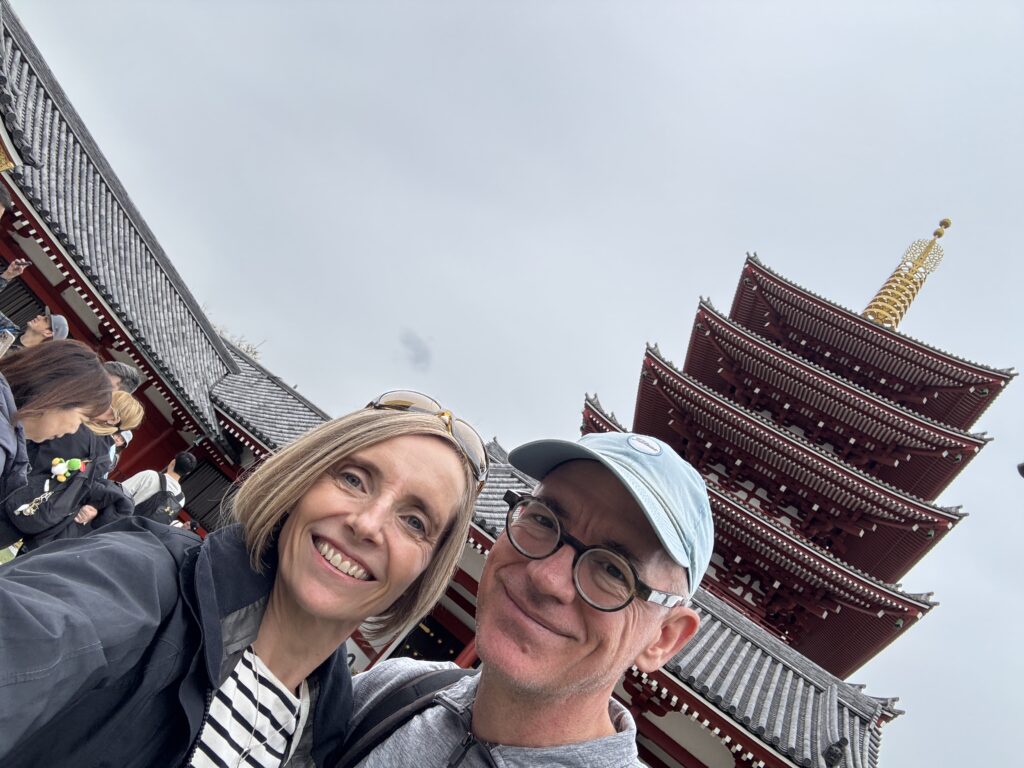
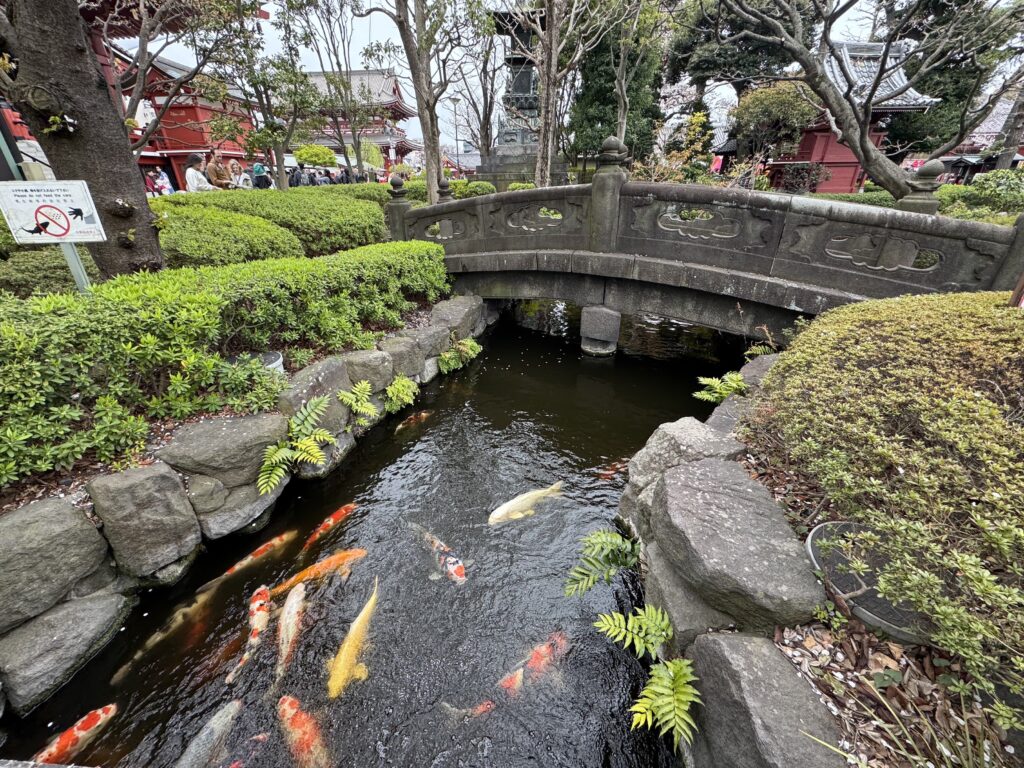
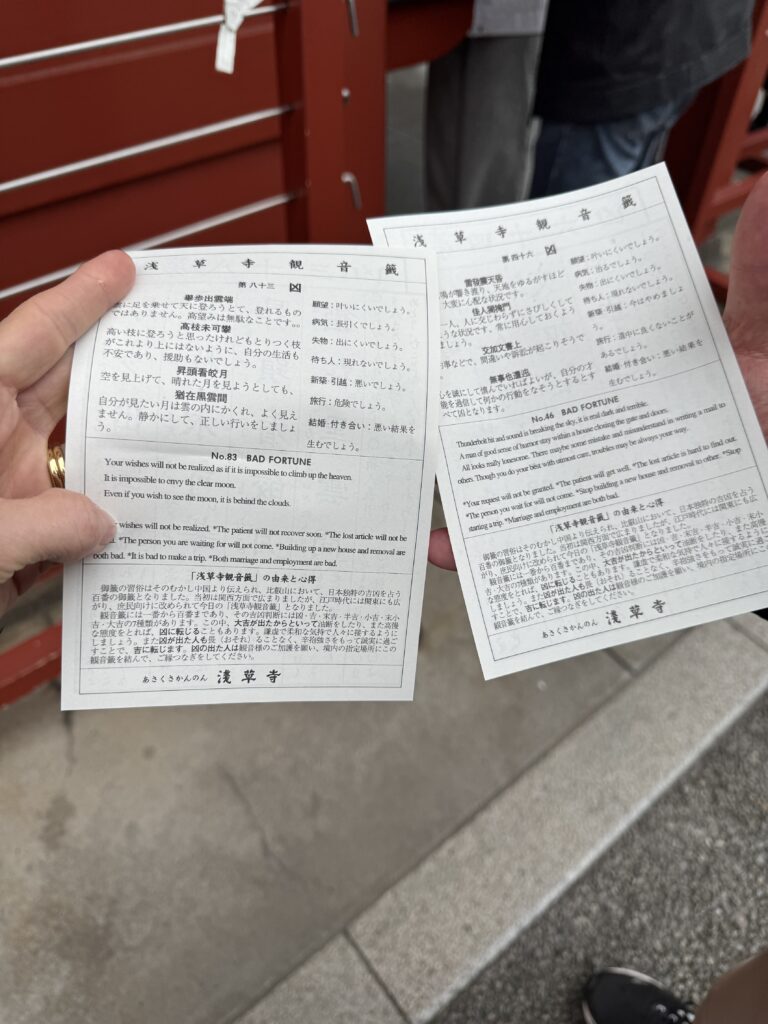
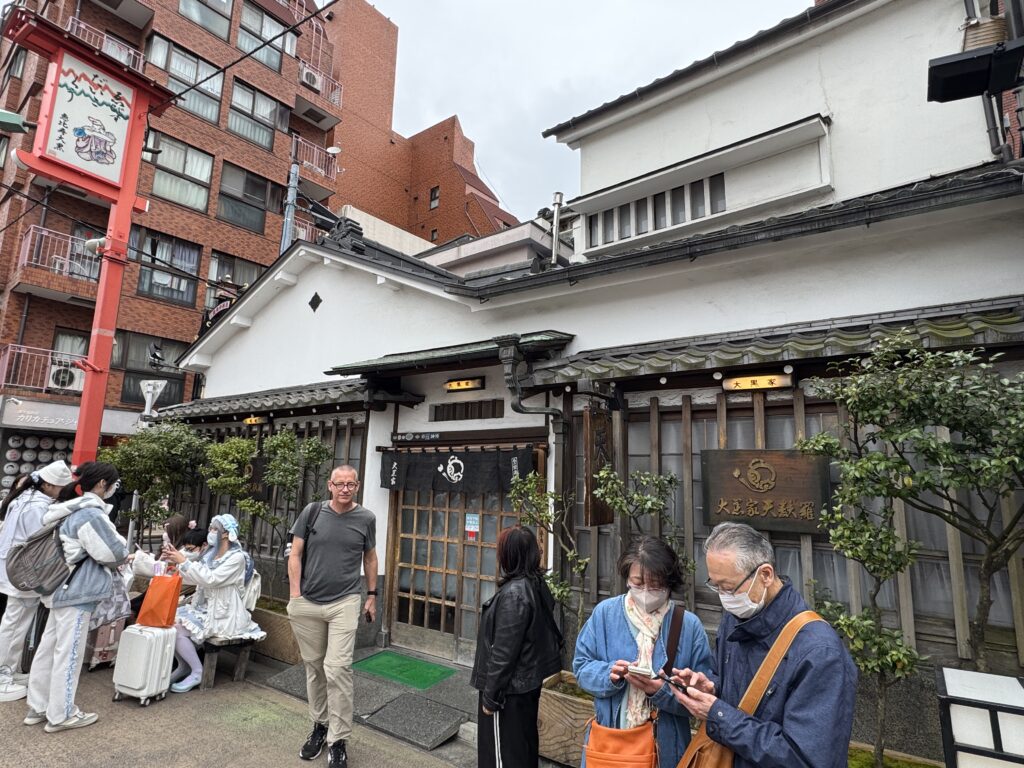
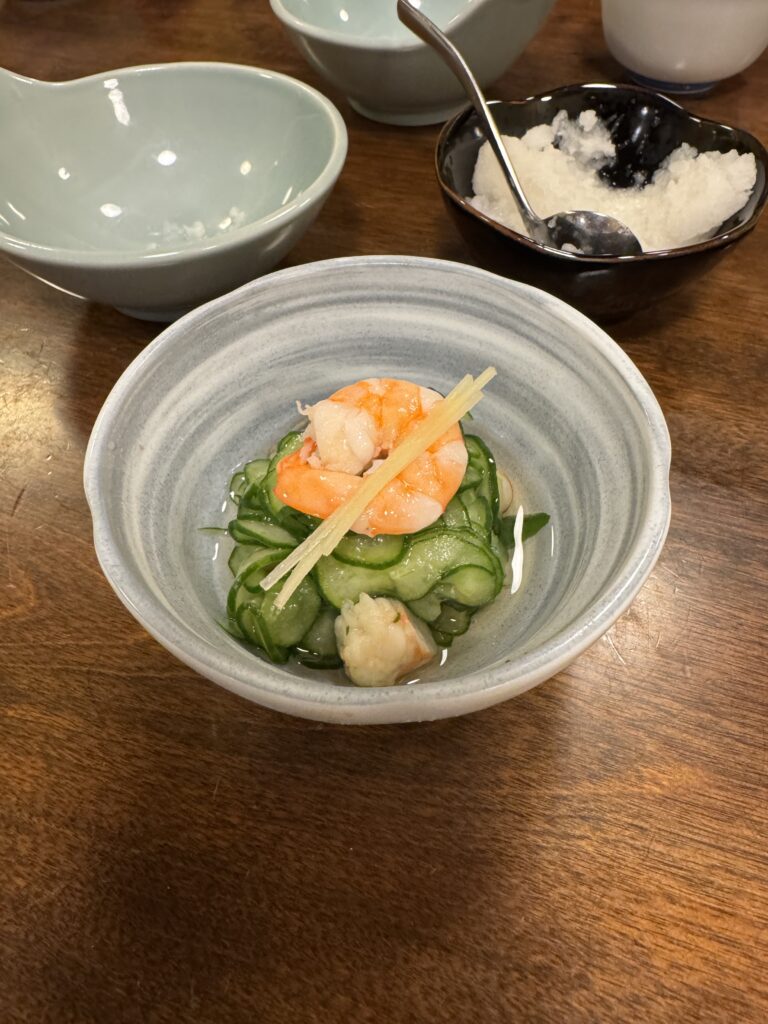
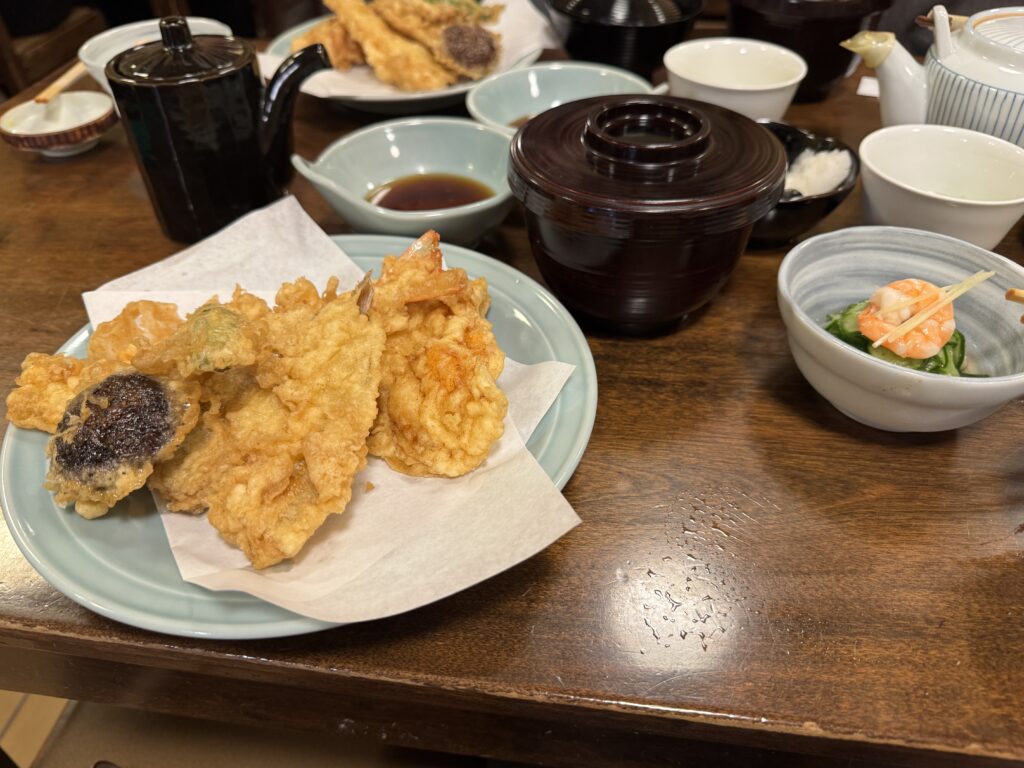
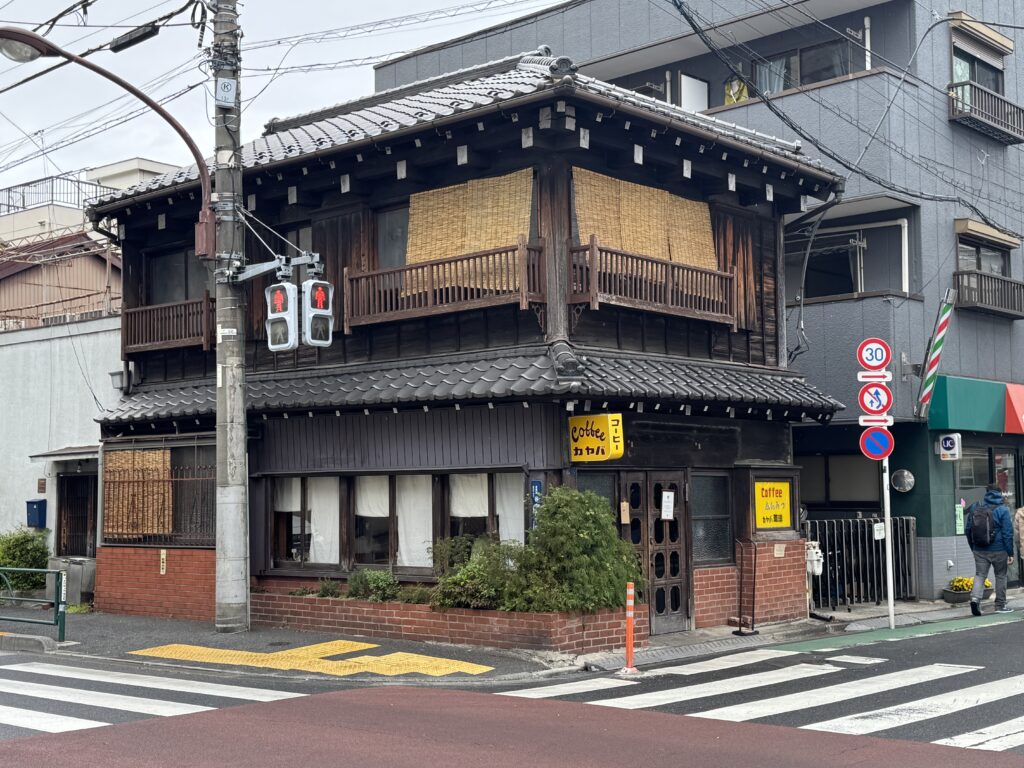
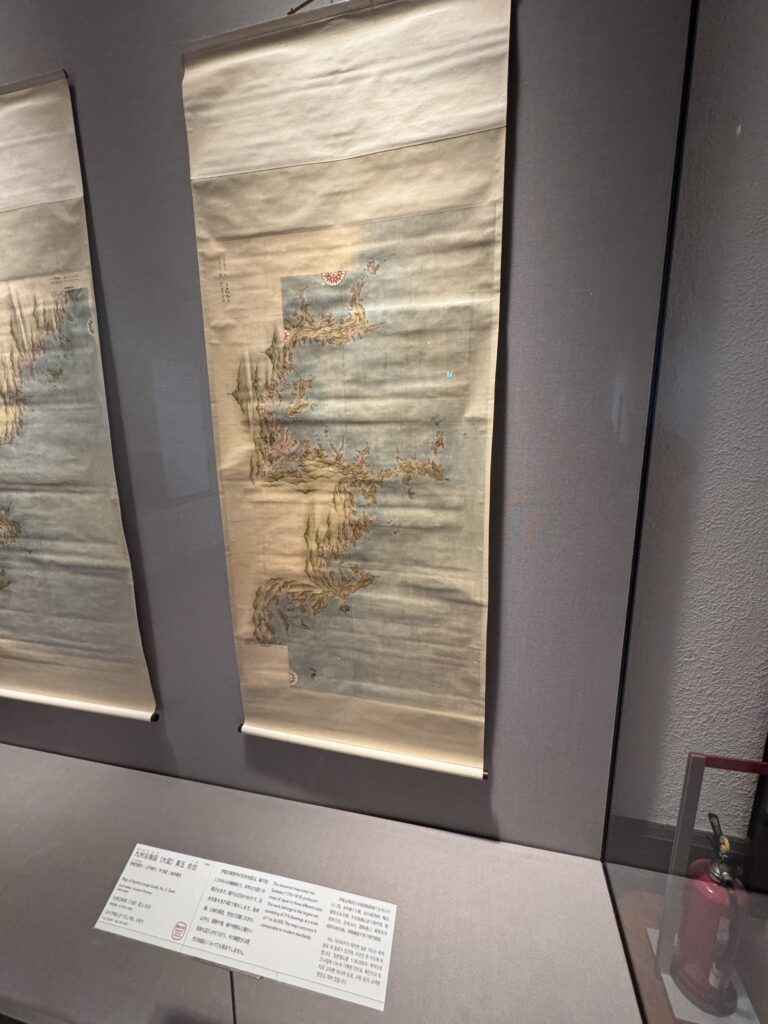
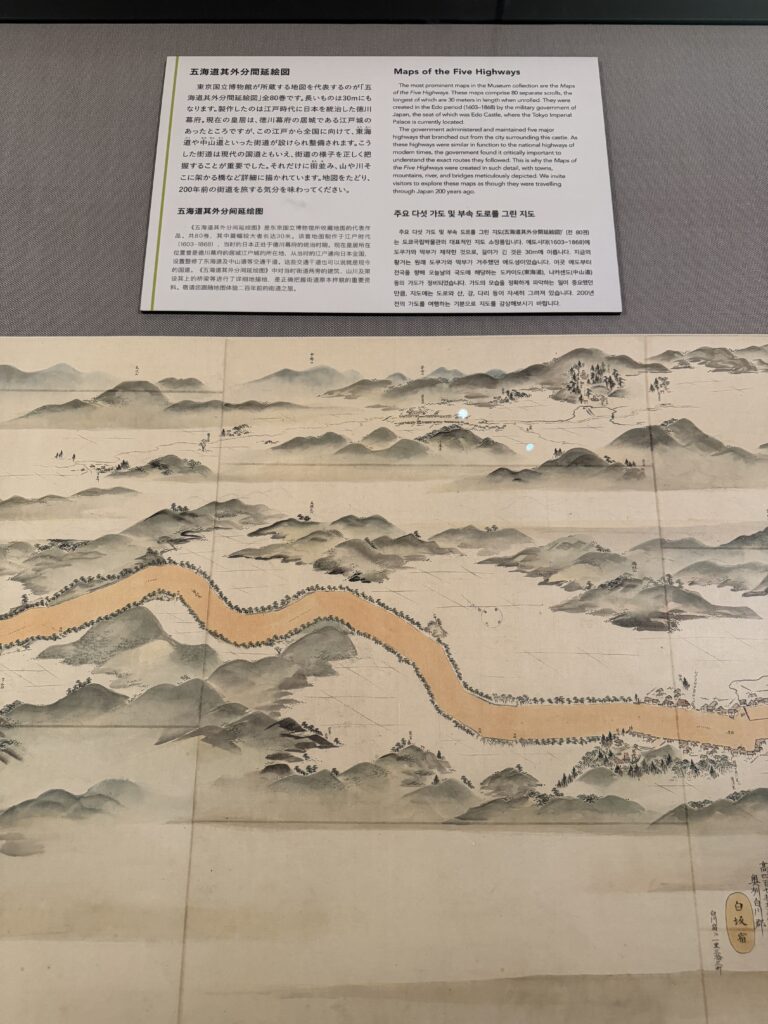
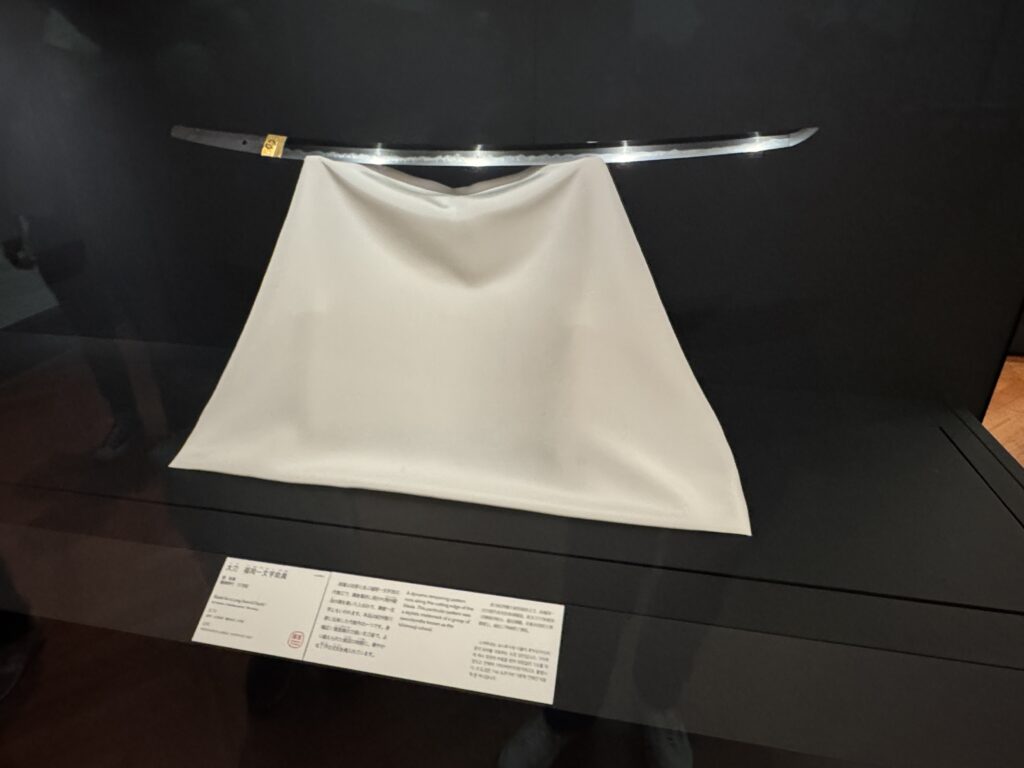
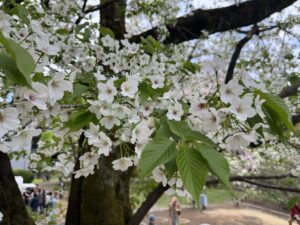
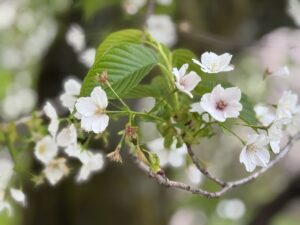
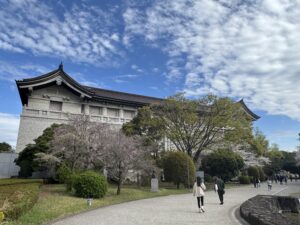
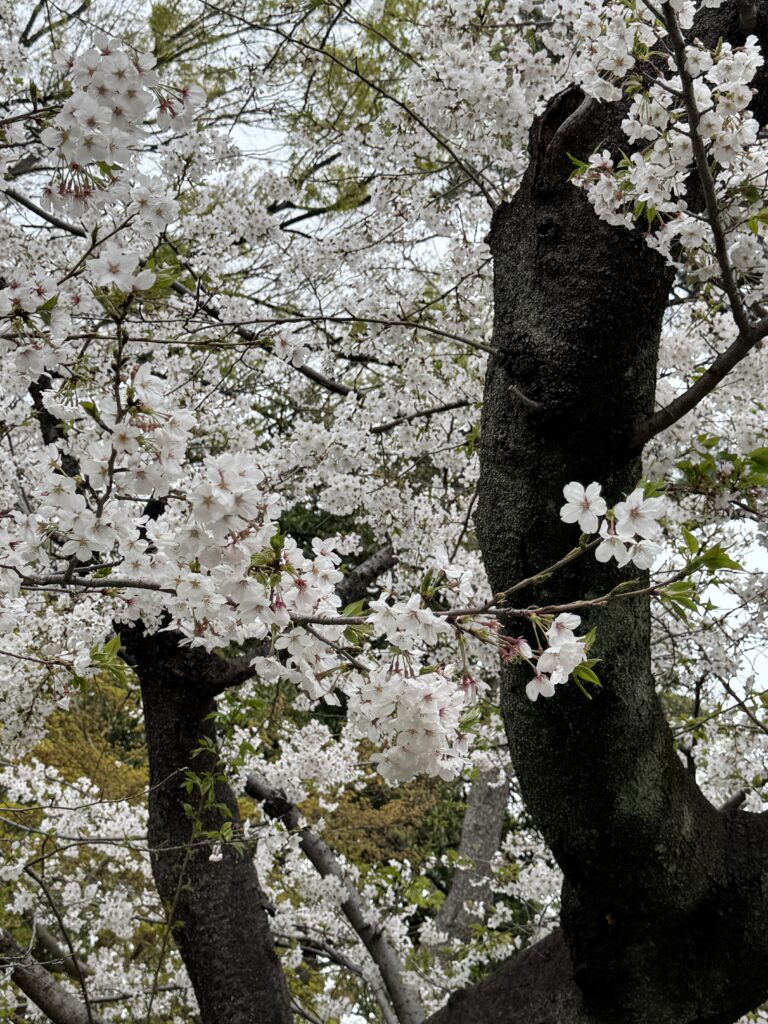
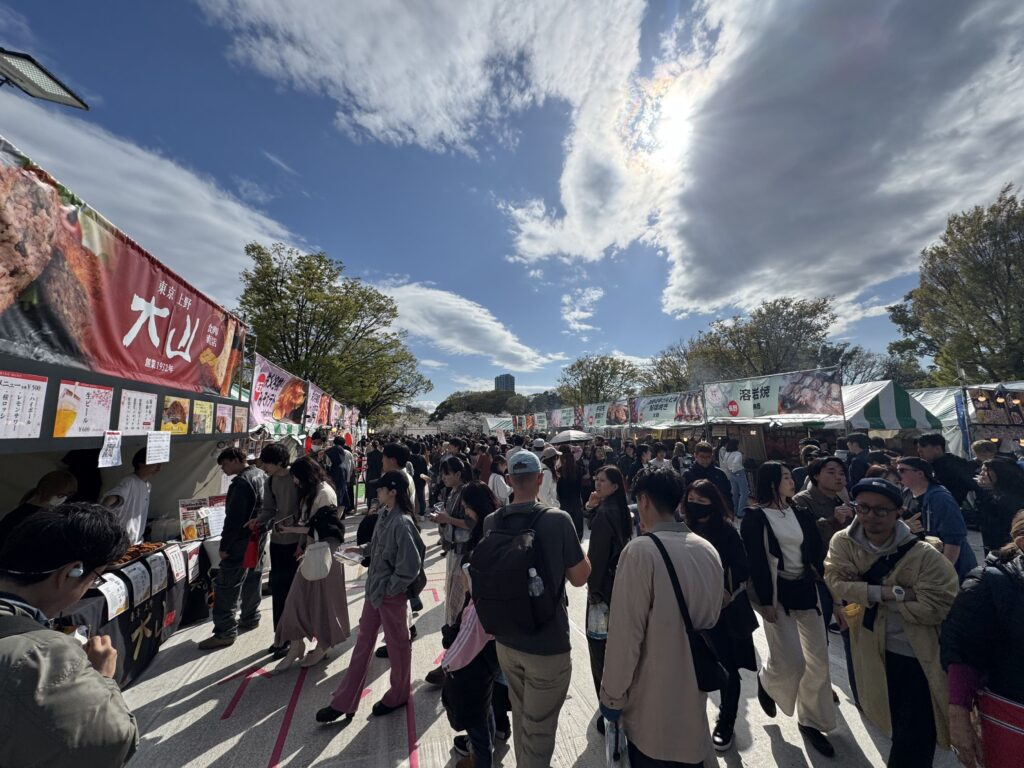
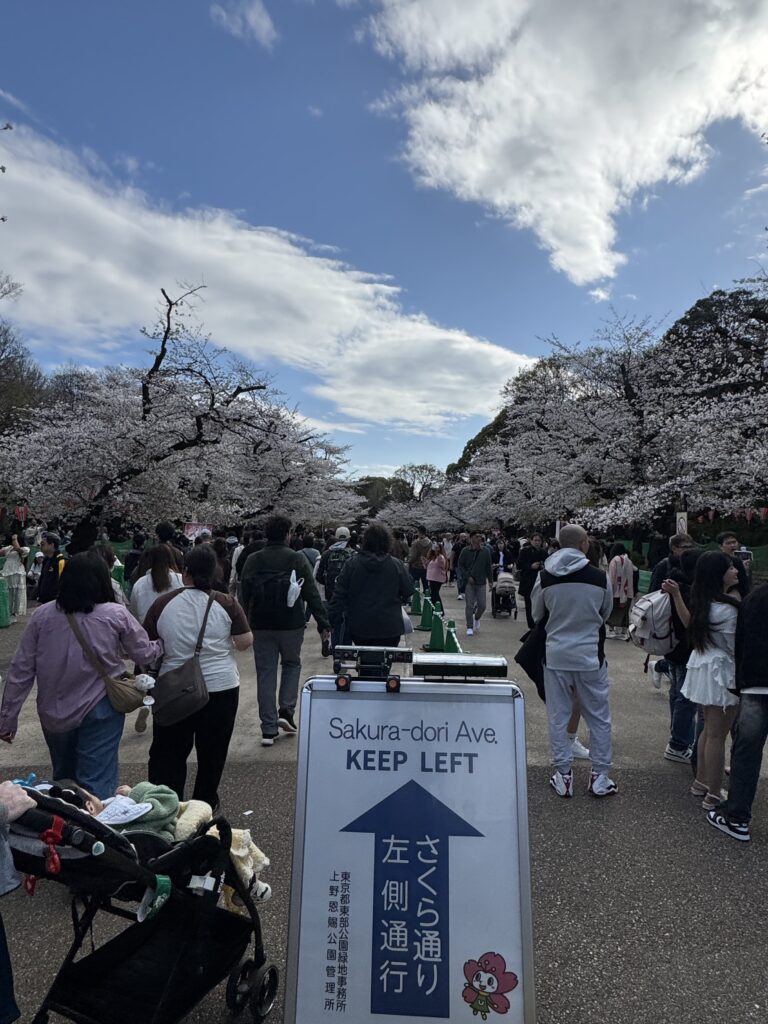
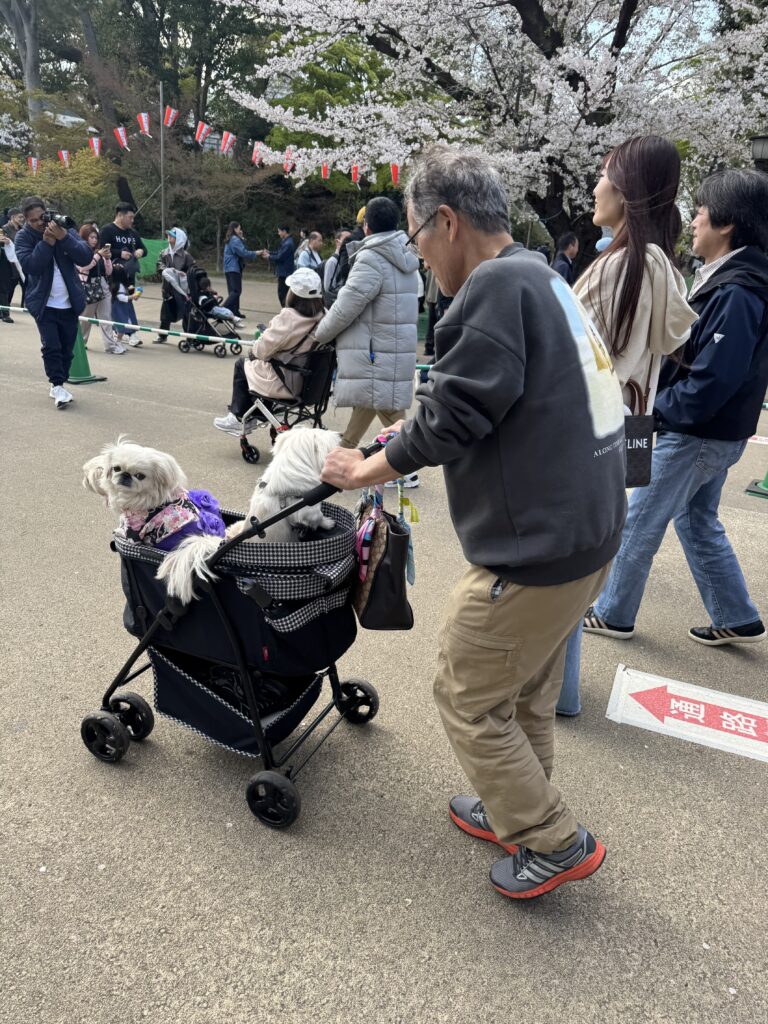
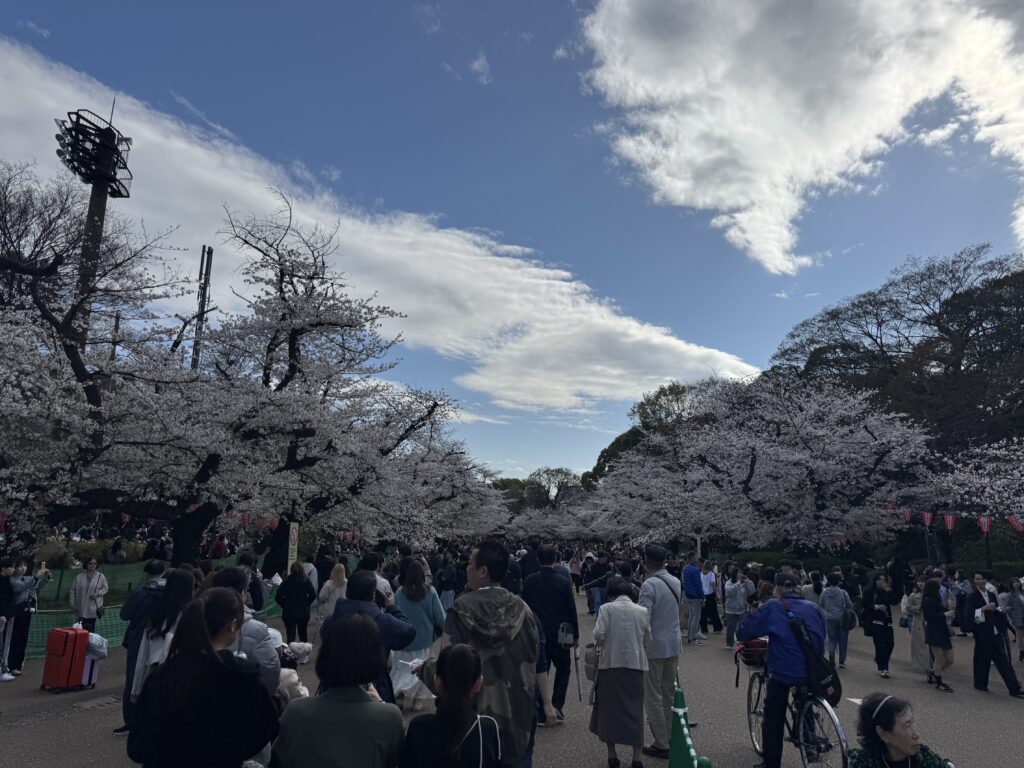
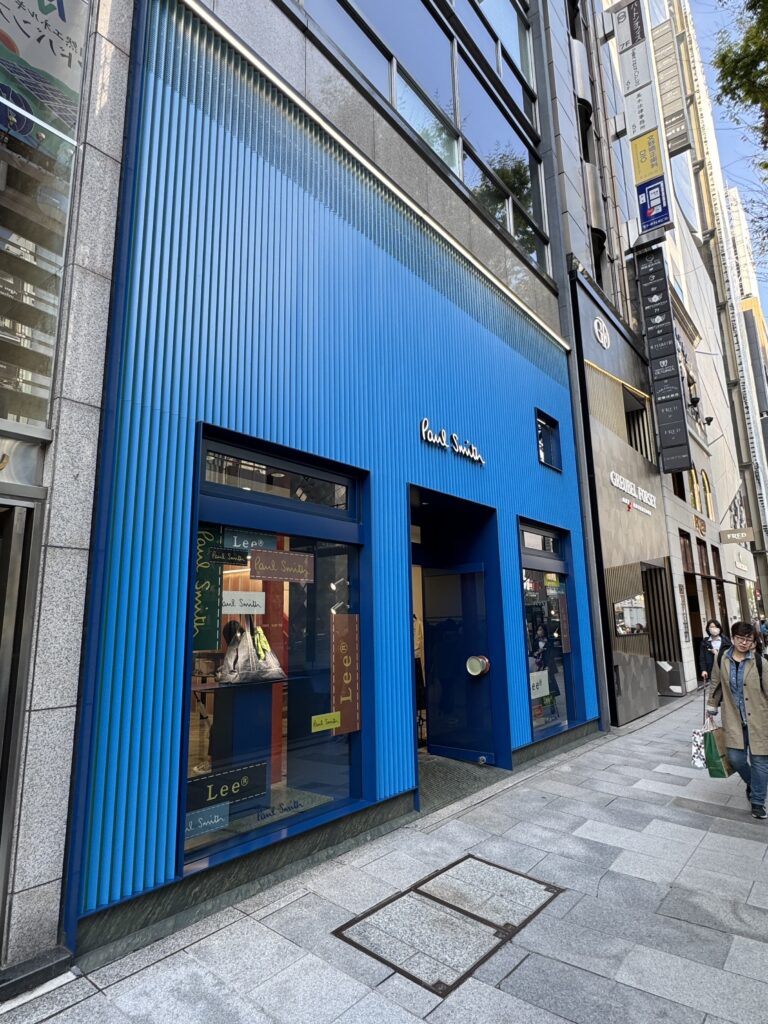
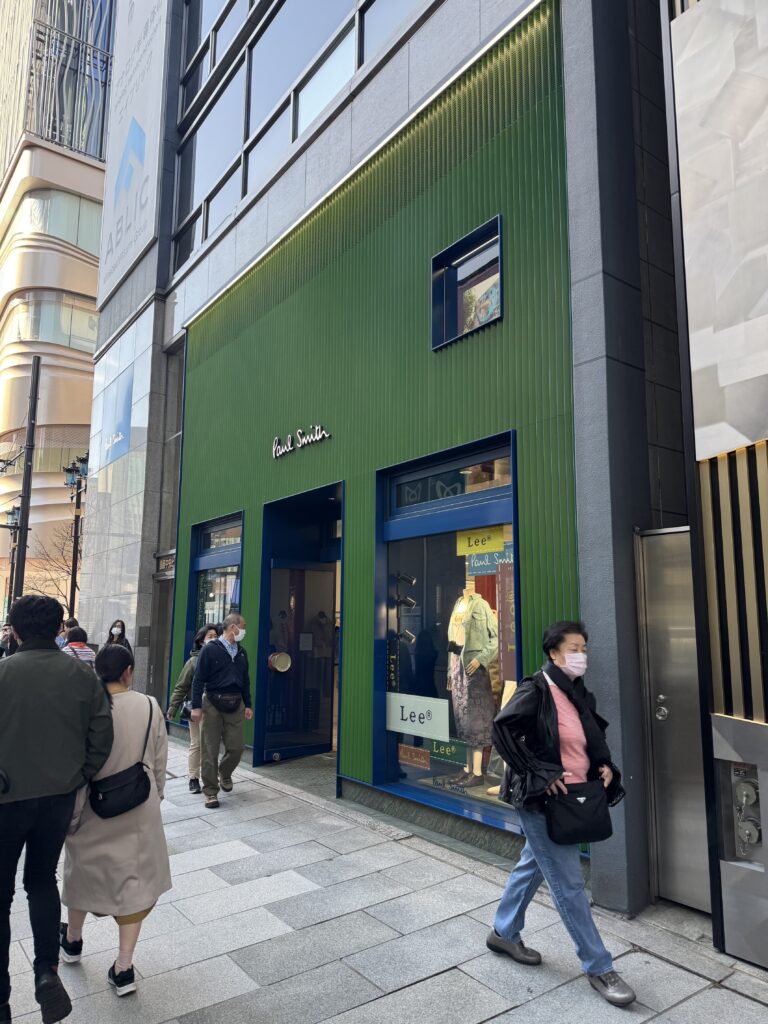
Comments are closed